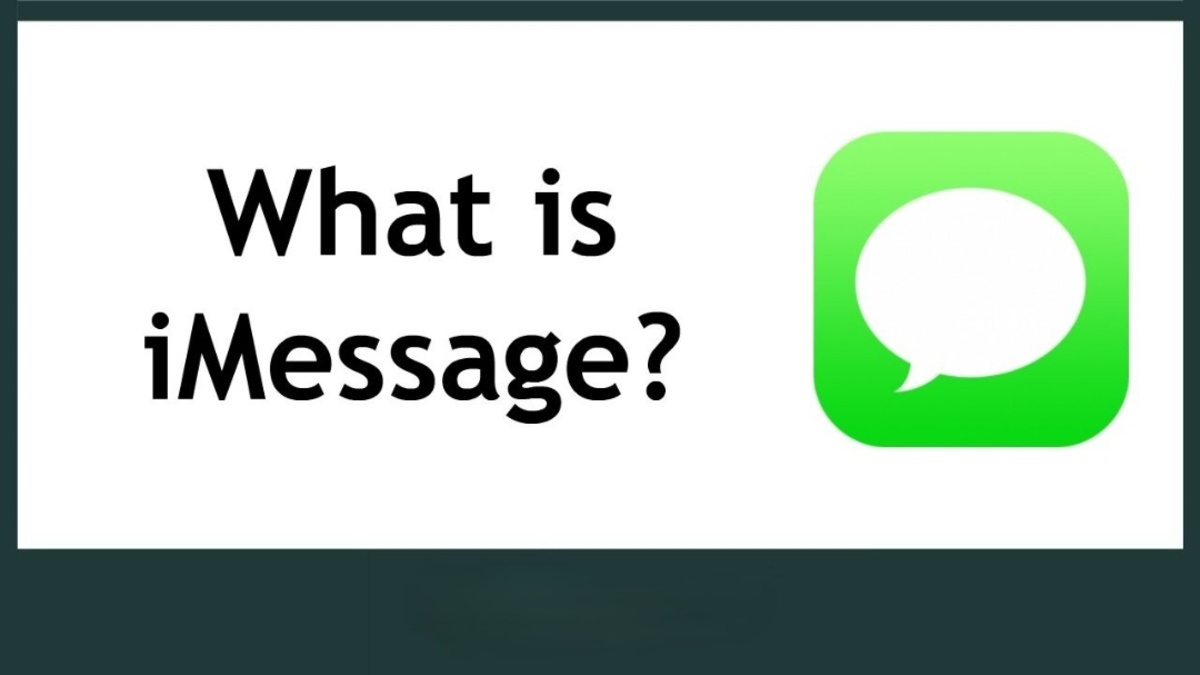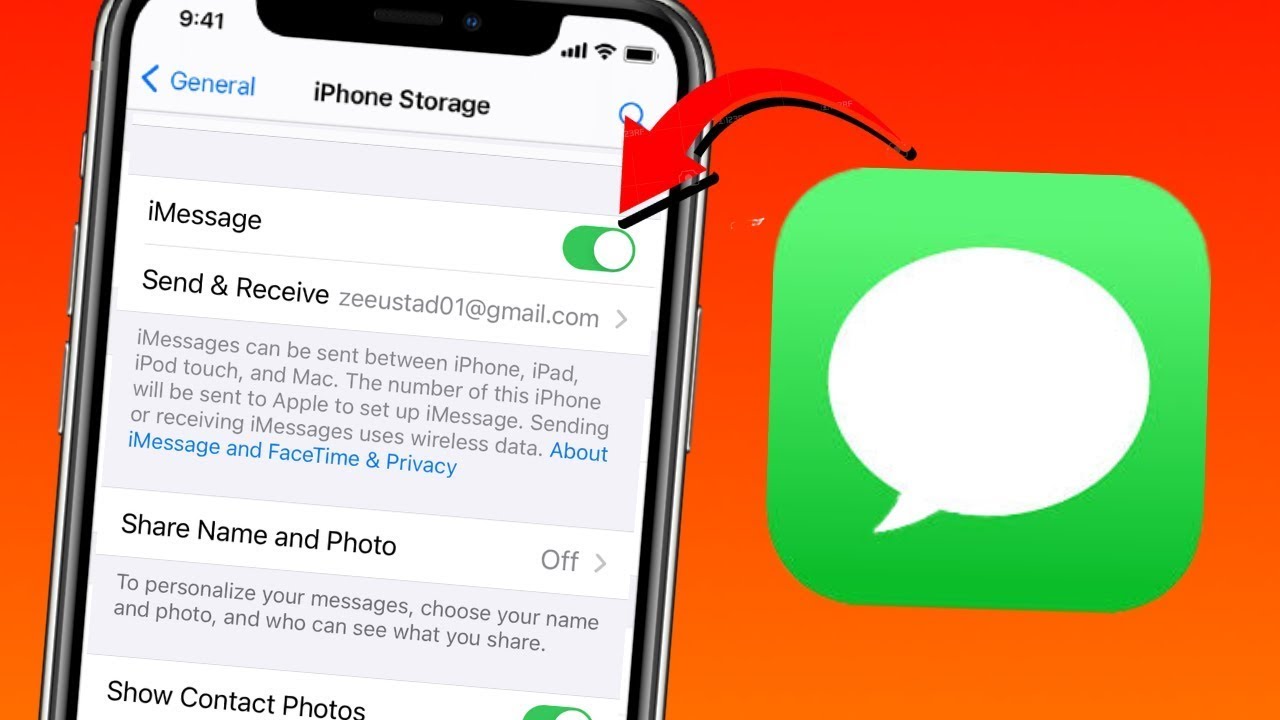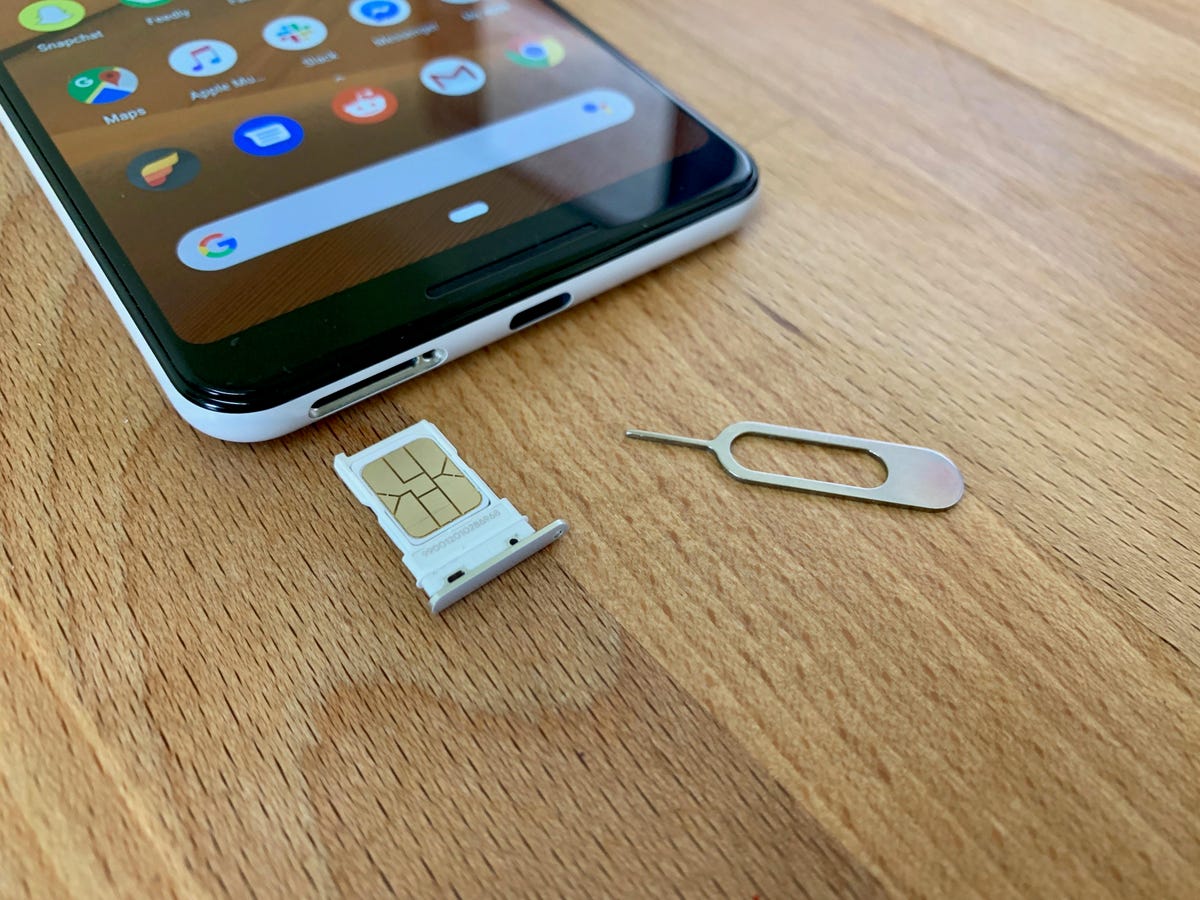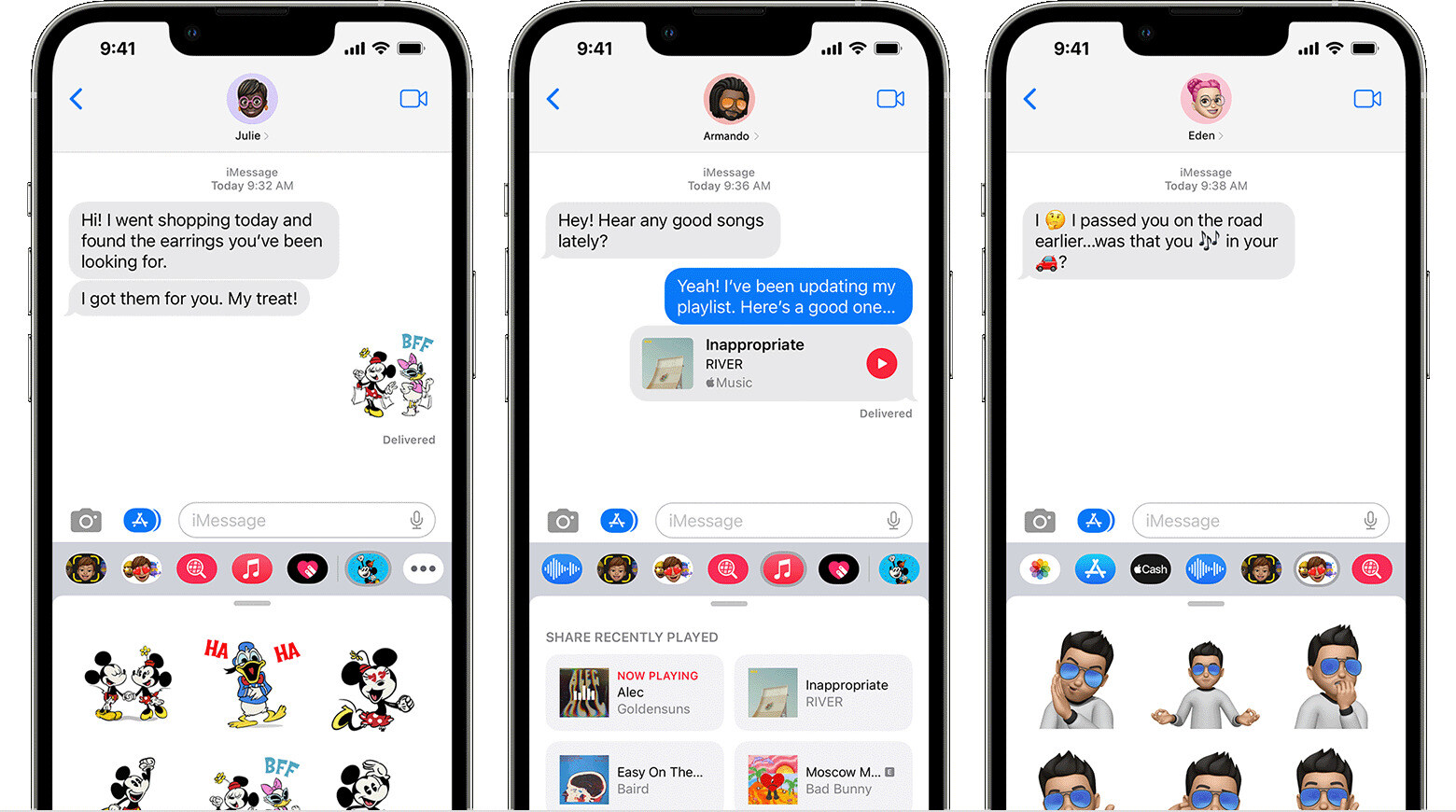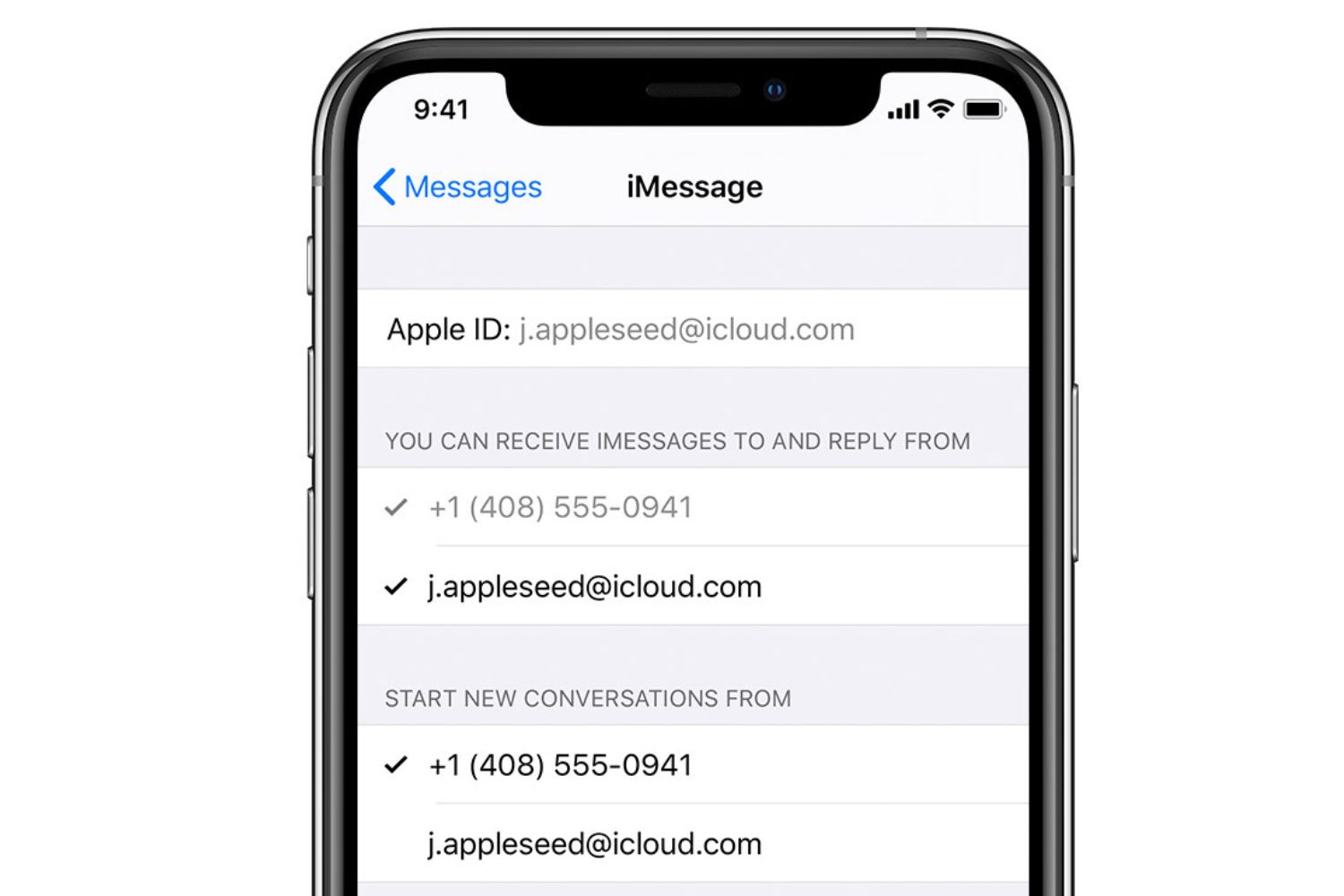Overview
iMessage is a messaging platform developed by Apple that allows users to send messages, photos, videos, and more to other Apple device owners. It is available on various Apple devices, including iPhones, iPads, Macs, and Apple Watches, and comes pre-installed on these devices.
The primary advantage of iMessage is that it enables users to send messages over an internet connection, rather than relying on traditional SMS/MMS messaging. This means that iMessage messages are not subject to standard carrier charges, making it a cost-effective option for those who frequently communicate with other Apple device users.
Additionally, iMessage offers a range of features that enhance the messaging experience. Users can send not only text messages, but also photos, videos, voice memos, documents, and even animated stickers. It also supports group messaging, allowing users to create group chats and engage in conversations with multiple participants.
One of the standout features of iMessage is its end-to-end encryption, which ensures that messages are securely transmitted and can only be accessed by the intended recipient. This level of security provides peace of mind for users concerned about their privacy.
Furthermore, iMessage seamlessly integrates with other Apple services, such as iCloud and FaceTime. This integration allows users to sync their conversations across different devices and easily switch between devices when using iMessage.
Overall, iMessage offers a convenient, feature-rich, and secure messaging experience for Apple device users. Its ability to send messages over the internet, along with its range of features and tight integration with other Apple services, make it a popular choice for communication among Apple device owners.
What is iMessage?
iMessage is a messaging platform developed by Apple that allows users to exchange messages, photos, videos, and other media content with other Apple device owners. It is an integral part of the iOS and macOS operating systems, and comes pre-installed on iPhones, iPads, Macs, and Apple Watches.
Unlike traditional SMS/MMS messaging, which relies on cellular network connections, iMessage utilizes an internet connection to transmit messages. This means that iMessage messages can be sent and received without incurring standard carrier charges. Instead, they are sent over Wi-Fi or a cellular data connection, saving users money, especially when communicating internationally.
One of the standout features of iMessage is its ability to seamlessly switch between SMS and iMessage based on the recipient’s device. If the recipient is an Apple device user and has iMessage enabled, the messages will be sent as iMessages, utilizing the internet connection. However, if the recipient is not using an Apple device or does not have iMessage enabled, the messages will automatically be sent as regular SMS/MMS.
In addition to text messages, iMessage enables users to send a wide range of multimedia content. Users can easily share photos, videos, voice memos, documents, and even their current location directly through iMessage. Furthermore, the platform supports animated stickers, allowing users to add a touch of creativity and fun to their conversations.
One of the key advantages of iMessage over traditional messaging platforms is its end-to-end encryption. This means that messages sent via iMessage are securely encrypted, ensuring that only the intended recipient can access and read them. This level of security provides peace of mind for users who value their privacy.
Overall, iMessage is a versatile, feature-rich messaging platform exclusive to Apple devices. Its ability to send messages over an internet connection, extensive multimedia capabilities, and strong emphasis on privacy and security make it a preferred choice for millions of Apple device users worldwide.
Key Features of iMessage
iMessage offers a range of features that make it more than just a standard messaging platform. Here are some of the key features that set iMessage apart:
- Rich Text Messaging: iMessage allows users to format their text messages with various font styles, sizes, and colors. Users can also add emphasis to their messages by using bold, italics, and underlining.
- Media Sharing: With iMessage, users can easily share photos, videos, voice memos, and documents with their contacts. They can also capture and send live photos or share their current location right from within the app.
- Animoji and Memoji: iMessage offers unique features like Animoji and Memoji. These animated emojis and customized avatars allow users to express themselves in a fun and engaging way during conversations.
- Sticker Packs: iMessage provides a vast collection of sticker packs that users can download and use in their messages. It adds an element of creativity and personalization to the messaging experience.
- Group Messaging: iMessage supports group messaging, allowing users to create group chats and communicate with multiple people simultaneously. Users can add or remove participants, name their group chats, and even mute or leave group conversations.
- Read Receipts: iMessage provides read receipts, which indicate when a message has been delivered and read by the recipient. This feature helps users know when their messages have been seen, enhancing the communication experience.
- Message Effects: iMessage offers various message effects, such as bubbles, confetti, and fireworks, that animate and enhance the visual appearance of messages, adding a touch of excitement to interactions.
- Integration with Other Apple Services: iMessage seamlessly integrates with other Apple services, such as iCloud and FaceTime. Users can sync their conversations across different devices and continue their conversations on other Apple devices without any interruption.
These are just a few of the key features that make iMessage a versatile and enjoyable messaging platform. Apple continues to innovate and add new features to enhance the user experience and keep iMessage ahead of other messaging apps in the market.
How to Use iMessage
Using iMessage is quite straightforward and intuitive. Here’s a step-by-step guide on how to get started with iMessage:
- Set Up iMessage: iMessage is usually pre-installed on Apple devices, so you don’t need to download or install it separately. To begin using iMessage, make sure you are signed in to your Apple ID. If you’re not signed in, go to “Settings” > “Messages” > “Send & Receive,” and then log in with your Apple ID.
- Send a Message: Open the Messages app on your device. Tap on the compose button (usually a pencil icon) to start a new message. In the “To” field, enter the recipient’s name, phone number, or email address. Then, type your message in the text input field at the bottom of the screen. Once you’re done, tap the send button (usually an arrow icon).
- Attach Media and More: To send photos, videos, or other media, tap on the camera or media button within the message input field. You can choose an existing photo or video from your library, or capture a new one using your device’s camera. You can also tap the “+” button to access various options like sending voice memos, sharing your location, or adding stickers.
- Create Group Chats: To start a group chat, open the Messages app and tap on the compose button. Enter multiple recipients in the “To” field, separating their names with commas. Then, compose your message as usual and send it. All participants will receive the message, and everyone can see and respond to each other’s messages within the group chat.
- Customize iMessage Settings: You can personalize your iMessage experience by accessing the settings. Go to “Settings” > “Messages” on your device and explore the various options available. You can enable or disable features like read receipts, message previews, or even filter unknown senders. You can also choose different bubble and screen effects for your messages.
- Switch between SMS and iMessage: iMessage can automatically switch between SMS and iMessage based on the recipient’s device. If a contact has iMessage enabled, the messages will be sent as iMessages over the internet. If the contact does not have iMessage or is not using an Apple device, the messages will automatically be sent as regular SMS or MMS.
iMessage is a user-friendly messaging platform that offers a seamless communication experience for Apple device users. It is designed to be intuitive and easy to navigate, allowing users to connect with friends, family, and colleagues effortlessly.
iMessage vs SMS/MMS
iMessage and SMS/MMS are two different messaging technologies that serve similar purposes but operate in different ways. Here are the key differences between iMessage and SMS/MMS:
1. Internet Connection: The most significant difference between iMessage and SMS/MMS is the method of transmission. iMessage uses an internet connection to send messages, while SMS/MMS relies on cellular network connections. This means that iMessage messages can be sent and received without incurring traditional carrier charges, as long as there is an active internet connection.
2. Cost: As mentioned above, using iMessage to send messages over an internet connection can save users money, especially when communicating internationally. SMS/MMS messages, on the other hand, are typically subject to carrier charges, which can add up, especially when sending messages across different countries or when sending media-rich content.
3. Multimedia Capabilities: While SMS/MMS supports basic multimedia elements like sending photos and videos, iMessage offers far more advanced multimedia capabilities. With iMessage, users can share a wider range of media, including voice memos, documents, live photos, and animated stickers. This enhances the messaging experience and allows for more engaging conversations.
4. Read Receipts and Typing Indicators: iMessage provides read receipts, which inform senders when their messages have been delivered and read by the recipient. It also offers typing indicators, which show when someone is actively typing a response. These features give users more visibility into their conversations and helps to foster better communication.
5. Security and Encryption: iMessage employs end-to-end encryption, meaning that messages are securely encrypted and can only be accessed by the intended recipient. This ensures a high level of privacy and protection against unauthorized access. SMS/MMS, on the other hand, does not offer the same level of encryption and is more susceptible to interception or hacking.
6. Device Compatibility: iMessage is exclusive to Apple devices and is only available on iOS and macOS platforms. This means that iMessage can only be used to communicate with other Apple device users. In contrast, SMS/MMS is a universal messaging technology that can be used across various devices and operating systems.
While both iMessage and SMS/MMS serve the purpose of sending and receiving messages, iMessage offers a more feature-rich and cost-effective messaging experience for Apple device users. Its utilization of the internet connection, multimedia capabilities, enhanced privacy features, and seamless integration with other Apple services make it a preferred choice among Apple users.
iMessage Security and Privacy
iMessage provides a robust level of security and privacy for its users, making it a trusted messaging platform. Here are the key aspects of iMessage’s security and privacy features:
1. End-to-End Encryption: One of the most important security measures in iMessage is its use of end-to-end encryption. This means that messages sent via iMessage are encrypted and can only be accessed by the intended recipient. Even Apple itself cannot access the content of these messages. This encryption ensures that users’ conversations remain private and secure.
2. Secure Authentication: When setting up iMessage, users’ Apple devices authenticate with Apple’s servers, ensuring a secure connection between the device and the messaging platform. This authentication process helps to prevent unauthorized access and protects users’ communications from being intercepted or tampered with.
3. Two-Factor Authentication: Apple offers an additional layer of security for iMessage users through two-factor authentication. This feature requires users to verify their identity with a trusted device or phone number when signing in to their Apple ID. Enabling two-factor authentication adds an extra level of protection to users’ iMessage and overall Apple account security.
4. Secure Transfer of Media: When sharing photos, videos, or other media through iMessage, the content is also encrypted to ensure secure transfer. This means that even if intercepted, the media files cannot be accessed or viewed by unauthorized parties.
5. Spam and Unknown Sender Filtering: iMessage includes filters that help reduce unwanted messages from unknown or spam senders. Users can choose to only receive messages from their contacts or designated sources, minimizing the risk of receiving unsolicited or malicious messages.
6. Data Minimization: Apple takes measures to minimize the amount of data collected and stored through iMessage. While some metadata like timestamps and message size may be stored temporarily to ensure reliable message delivery, Apple does not retain message content on its servers, further enhancing user privacy.
7. Privacy by Design: Apple prioritizes user privacy through its “Privacy by Design” approach, ensuring that privacy and security are built into the core of its products like iMessage. Apple has taken a stand on protecting user data and has implemented strict policies and measures to prevent unauthorized access or sharing of user information.
These security and privacy features make iMessage a trusted option for secure communication. Users can have confidence that their conversations and media shared through iMessage are protected, keeping their personal information and sensitive data secure from external threats.
iMessage on Different Apple Devices
iMessage is designed to work seamlessly across various Apple devices, allowing users to stay connected and carry their conversations across multiple platforms. Here’s how iMessage functions on different Apple devices:
1. iPhones and iPads: iMessage comes pre-installed on iPhones and iPads, making it easy to start using right away. Users can send and receive messages, photos, videos, and other media content using their iPhone or iPad. iMessage also supports features like read receipts, typing indicators, and end-to-end encryption on these devices.
2. Macs: With macOS, users can access iMessage on their Mac computers. Messages received on iPhones or iPads can be seamlessly synced to the Mac, allowing users to continue their conversations from their computer without interruption. Users can also send and receive iMessages, share media files, and enjoy the same features available on iPhones and iPads.
3. Apple Watches: Apple Watch users can read and respond to iMessages directly from their wrists. With the Messages app on the Apple Watch, users can view incoming messages, send quick replies, and even dictate replies using voice-to-text. Although the screen size is smaller, Apple Watches still provide a convenient way to stay connected through iMessage on-the-go.
4. iCloud Sync: iMessage syncs across all Apple devices using iCloud. This means that conversations, contacts, and message history are automatically updated and available on all devices. Users can start a conversation on their iPhone, continue it on their Mac, and even access it on their Apple Watch, with all messages and media files staying in sync.
5. Continuity and Handoff: Apple’s Continuity and Handoff features enable seamless transitioning of iMessage conversations between devices. For example, if someone initiates a conversation on their iPhone, they can easily switch to their Mac or iPad and continue the conversation right where they left off. This feature ensures a seamless user experience across all Apple devices.
6. SMS/MMS Integration: iMessage also integrates with traditional SMS/MMS messaging, allowing users to send and receive messages to non-Apple device users. iMessage automatically detects if the recipient does not have iMessage and sends the message as a regular SMS/MMS instead.
Thanks to the deep integration of iMessage on different Apple devices, users can stay connected, access their conversations, and enjoy the same features across their iPhone, iPad, Mac, and Apple Watch. Whether at home, at work, or on the go, iMessage ensures a seamless and consistent messaging experience.
Troubleshooting iMessage Issues
While iMessage is generally a reliable messaging platform, users may occasionally encounter issues that prevent them from using it seamlessly. Here are some common iMessage issues and troubleshooting steps to resolve them:
1. Unable to Send or Receive Messages: If you’re experiencing issues with sending or receiving iMessages, start by checking your internet connection. Ensure that you have a stable Wi-Fi or cellular data connection. If the issue persists, try restarting your device or toggling the Airplane Mode on and off. You can also check if iMessage is enabled in your device settings.
2. Messages Not Syncing Across Devices: If your iMessage conversations are not syncing across your Apple devices, ensure that you are signed in to the same iCloud account on all devices. Also, make sure that your devices are connected to the internet and have the latest software updates installed. Restarting the devices or disabling and re-enabling iMessage can also help resolve syncing issues.
3. Activation Error: If you’re receiving an error message when trying to activate iMessage, ensure that you have an active cellular plan or a valid Apple ID. Make sure the date and time are correctly set on your device, as this can sometimes cause activation issues. If the problem persists, contact your cellular carrier or Apple support for further assistance.
4. Group Message Issues: If you’re having trouble sending or receiving messages in a group chat, ensure that all participants have iMessage enabled and an active internet connection. It’s also worth checking if there are any restrictions set on your device that may be preventing group messages. Try leaving the group chat and rejoining it to see if that resolves the issue.
5. No Read Receipts or Typing Indicators: If you’re not seeing read receipts or typing indicators in your iMessage conversations, verify that these features are enabled in your device settings. Ensure that the recipients’ iMessage settings also allow for read receipts and typing indicators. Keep in mind that read receipts and typing indicators may not always be displayed due to various reasons, such as connectivity issues or sender preferences.
6. Message Delivery Delay: If you notice a delay in message delivery, it could be due to a slow internet connection or server issues. Check your internet connectivity and try sending the message again. If the problem persists, it may be temporary and could resolve itself. If the delay continues for an extended period, contact your internet service provider or Apple support for further assistance.
If none of the troubleshooting steps mentioned above resolve your iMessage issues, consider reaching out to Apple Support or visiting an Apple Store for expert assistance. They can provide personalized guidance and help you resolve any persistent problems you may be experiencing with iMessage.
Conclusion
iMessage is a versatile and feature-rich messaging platform that offers a seamless communication experience for Apple device users. With its ability to send messages over an internet connection, support for various media types, end-to-end encryption, and integration with other Apple services, iMessage provides a secure and convenient way to connect with friends, family, and colleagues.
Whether you’re using iMessage on your iPhone, iPad, Mac, or Apple Watch, the platform ensures a consistent messaging experience across devices. It allows you to sync your conversations, access your messages from different devices, and seamlessly switch between them without missing a beat.
iMessage’s range of features, such as rich text formatting, media sharing, group messaging, and Animoji/Memoji support, make it more than just a standard messaging app. These features enhance the communication experience and allow you to express yourself creatively during conversations.
One of the biggest advantages of using iMessage is its tight integration with Apple’s ecosystem. iMessage seamlessly works with other Apple services like iCloud and FaceTime, offering a unified experience across all Apple devices.
Another significant aspect of iMessage is its prioritization of user privacy and security. With its robust end-to-end encryption, secure authentication, two-factor authentication, and data minimization practices, iMessage ensures that your conversations and media shared through the platform remain private and secure.
In summary, iMessage is a reliable and feature-packed messaging platform that caters to the communication needs of Apple device users. Its ability to send messages over the internet, its integration with other Apple services, and its emphasis on security and privacy make it a preferred choice for millions of Apple users worldwide.







